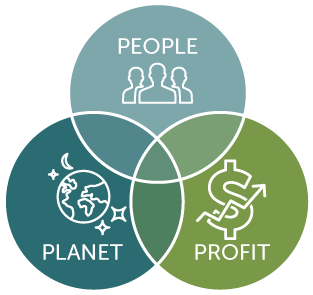3.7 Motive pivot
One final example of pivoting is worth considering and is perhaps the hardest to pull off.
Can you switch from being a social enterprise to one that makes a profit, or vice versa? In other words, is this change of motivation possible to pull off as a form of ‘motive pivot’?
‘OneLeap’ was founded by alumni of the Gates Cambridge Scholarship Programme (Pasolini, 2012). It is a web-based platform that allows entrepreneurs, investors, the business community and influencers to network and, in the process, raise money for the charities of their choice.
In his book, How to be a Social Entrepreneur, Robert Ashton (2010) highlights that, as grant funding inevitably seems to decrease, there is an increasing need for vital services and causes like health, education and social welfare to resort to profit-making activities to allow for more good to be done.
But, as Ashton also points out, not all social entrepreneurs are founders of social enterprises. Social entrepreneurs may work in ethical businesses, in the public sector or in the voluntary sector. In fact, one of the founders of The Open University – Michael Young, who also founded the School for Social Entrepreneurs – could be described as a social entrepreneur. Another example is the work that celebrity chef Jamie Oliver has done to establish training and employment opportunities for young people in catering.
3.6 Technology pivot

